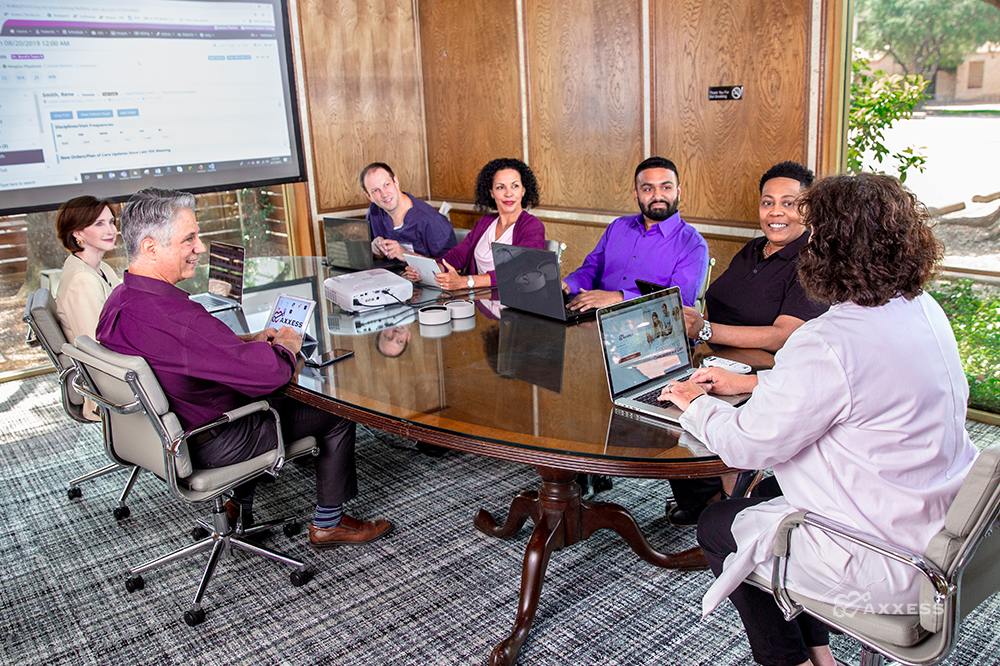
Hospice professionals, whether they be a case manager, hospice aide or executive director, are all affected by staff retention. Members of the IDG rely on one another to provide compassionate and compliant care. When there is a change to the IDG team due to staff turnover, it can stress team members and ultimately affect their job satisfaction. Staffing expenses are the biggest expenditure that a hospice administrator must manage, and staff turnover often creates overtime and mileage expenses that can wreak havoc on the budget. Turning the tide of staff turnover is not an easy task, but it can be done with the right information and a new way of looking at staff retention.
Seeing the entire picture of staff retention, starting from day one of orientation, will have a positive impact on your hospice agency, team members, and ultimately your patients and their loved ones. Effective orientation is one of the cornerstones of staff retention. Aligning orientation with the agency’s mission and vision statements, as well as creating an environment conducive to adult learning and empowering the newest members of your team, are key in retaining the employees who have been recruited and hired to join the team.
Mission and Vision Statements
Aligning orientation with the agency’s mission and vision statements creates the environment that the newest employees will learn to expect, and model once they have completed an orientation. When you make the mission and vision statements part of the orientation, it allows these values to become part of each team member’s day. Understanding the WHY of the mission and vision statements is the first step in aligning employees with the orientation process. The second step of aligning the vision and mission statements with orientation is walking the walk. The mission and vision statements must come alive and not be thought of as just words on a page. By aligning orientation with your vision and mission statements, trust is quickly built within the team, which is a key factor in job satisfaction.
Learning Styles
Understanding adult learning styles and motivations will help ensure that new employees can retain and apply things that are presented during orientation. Adult learning styles include visual, auditory and kinesthetic styles. Visual learners prefer graphs, illustrations and videos, while auditory learners prefer group discussions, oral presentations and one-on-one conversations. Kinesthetic learners prefer hands-on activities, note-taking and role-playing. Including activities and presentations to meet the varied learning styles will enable employees to be engaged from day one. Engaged employees are employees who stay.
Empowerment
Empowering new employees can be tricky, but when appropriately managed, will begin to build a feeling of commitment among your newest team members. Clearly defined expectations and roles should be included in every orientation. By providing autonomy associated with the established expectations and roles, new employees enjoy the confidence in carrying out the job duties that lead to short- and long-term successes. Providing the necessary resources and communicating frequently and effectively with the team will provide the security that leaders need to feel confident that their newest team members are performing well.
Turning the tide of staff turnover must become a part of the culture of any hospice agency that expects to affect positive change in staff retention. Having a plan to ensure that new employee orientation is based on the agency’s mission and vision statements, understanding and applying adult learning styles and empowering the newest members of the hospice team are the first steps to building an engaged and committed team that stays.
